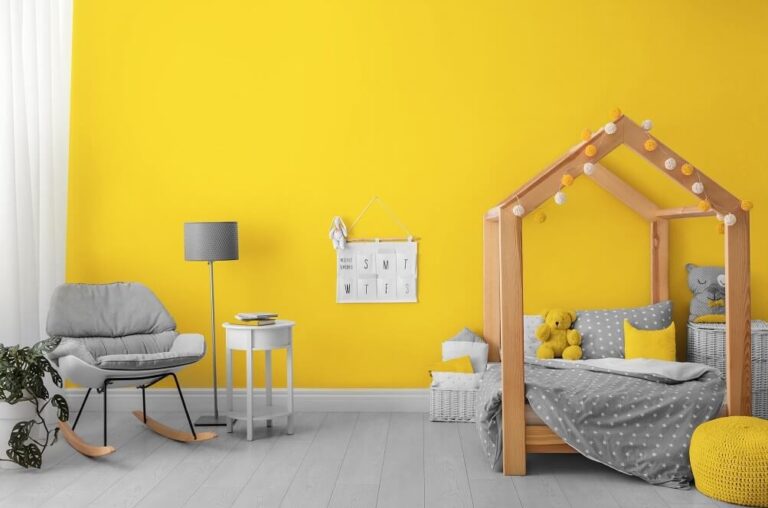Choosing the perfect paint colour for your sanctuary can be a daunting endeavour. Navigating the kaleidoscope of hues in the myriad options available on a paint colour chart often evokes a sense of bewilderment. Nevertheless, amidst this chromatic sea, delve deep into how to master reading this chart like a seasoned pro. You’ll have the insight and confidence to transform and elevate your space with the quintessential paint colour, crafting a harmonious ambiance.
Understanding Colour Families
The first step in mastering the chart is understanding the concept of colour families. Colours are typically grouped into categories like warm, calm, and neutral. Warm colours create a cosy and beautiful atmosphere, while cool colours, like blues and greens, evoke a sense of calm and tranquillity. Neutrals, like greys and beiges, are a versatile backdrop for any decor style. Take note of these categories to narrow down your options based on the mood you want to create in your space.
Exploring Shades and Tones
Within each colour family, there are numerous shades and tones to consider. This is where the paint colour chart becomes your best friend. A single colour can vary, from pale pastels to deep, rich hues. To make an informed choice, it’s crucial to compare these shades side by side on the chart. Transitioning from one shade to another within the same colour family can significantly impact the overall feel of a room. Pay attention to how the light plays off each shade, as this can also affect the appearance of the colour in your space.
Identifying The Undertones
One of the trickiest aspects of selecting a paint colour is discerning the undertones. Even within a seemingly neutral colour like grey, you can find blue, green, purple, or warm beige undertones. These undertones can influence how colour interacts with the surrounding elements in your room. Look closely at the chart labels or consult the colour swatch samples to identify undertones. Understanding these undertones will help you avoid unexpected colour clashes in your decor.
Considering Lighting Conditions
Lighting plays a significant role in how paint colours appear in a room. Natural daylight, incandescent, fluorescent, and LED lighting can all impact the perceived colour of your walls. To account for this, bring this chart home and view it in the actual lighting conditions of your space. Obtain paint samples and apply them to a small area of your wall. Observe how colour changes throughout the day to ensure it meets your expectations under various lighting scenarios.
Try Testing Samples
Reading this chart is just the beginning; the actual test of a colour’s suitability for your space comes when you try it out. Most paint stores offer small sample pots of paint that you can use to paint a portion of your wall. This hands-on approach lets you see how the colour interacts with your furniture, decor, and lighting. It’s also a chance to evaluate the paint’s texture and finish, whether you prefer a matte, satin, or glossy look.
Conclusion
In conclusion, mastering the art of reading a paint colour chart like a pro involves understanding colour families, exploring shades and tones, identifying undertones, considering lighting conditions, and testing samples. By following these steps and carefully choosing paint colours, you can transform your space into a harmonious and inviting environment. So, the next time you’re faced with a chart, don’t be overwhelmed; instead, use these techniques to confidently select the perfect hue for your home. With the right colour on your walls, you’ll be well on your way to elevating your space to its full potential. Happy painting!
